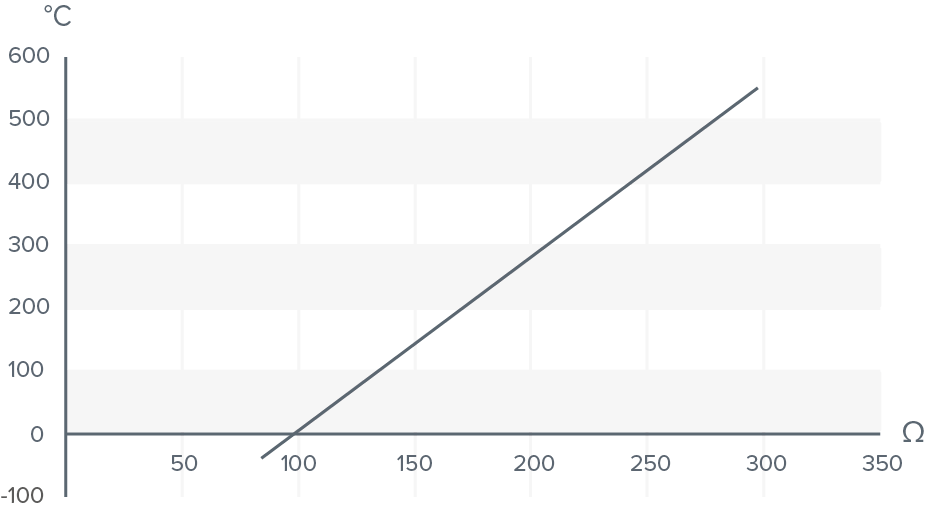 Cloud compatible
Cloud compatible 50+ in stock!
Online -5,5 %
108.83 €
102.84 €
A platinum measuring resistor is a resistance thermometer used to measure temperature. The most commonly applied platinum resistance thermometers are Pt100 and Pt1000. The designations Pt100/Pt1000 describe the resistor material involved, in this case platinum, and its nominal resistance R0 at a temperature of 0 °C. (R0,Pt100 = 100 Ω / R0,Pt1000 = 1 kΩ). Usually Pt100 and Pt1000 are used, although other resistance values are possible.
The linear correlation between the electrical resistance of the platinum conductor and the temperature is used to measure the temperature.
Patrick Targonski, Product Manager at autosen



Patrick Targonski
Product Manager at autosen
 Cloud compatible
Cloud compatible Free delivery to selected countries
Free delivery to selected countries

